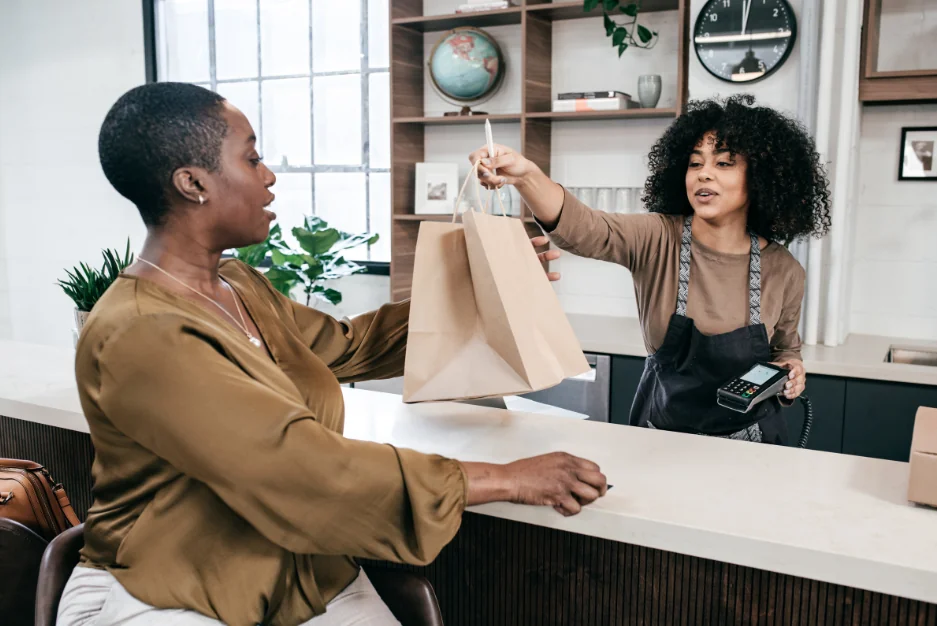How a bug-eyed gremlin, celebrity stan culture, and the dopamine thrill of unboxing created the perfect viral loop— and what marketers can learn from it
The scene outside the toy shop
Picture a cold Saturday in London. A queue snakes around Pop Mart’s Soho flagship. Someone brought a camp chair, another came with bodyguards, and one unlucky fan ends up in a TikTok clip titled “Labubu Line Brawl” before security shuts the doors. Pop Mart pauses in-store sales nationwide, citing “safety concerns.”
Why the frenzy? Because a bug-eyed gremlin called Labubu has become this year’s must-have accessory: part plushie, part social flex. London isn’t alone; Pop Mart openings in Chicago, Dubai, and Bangkok drew similar crowds, proving that hype travels faster than cargo.
How a K-pop superstar lit the fuse
The tipping point arrived when Lisa (BLACKPINK) posted a late-night Instagram dump: one slide of matcha, one slide of her cat, and smack in the middle, a shelf packed with Labubus. Within hours the “ugly-cute” elf was trending across Stan Twitter and Weibo. Retailers sold out; resellers listed mystery boxes for ten times retail.
Lisa’s nudge had ripple effects: Dua Lipa sported a Labubu bag charm in Paris, Rihanna was photographed in New York clutching the Skeleton Labubu, and Filipino TV host Vice Ganda flashed her blind-box haul live on air.
Celebrity sightings matter, but the real accelerant was TikTok. The hashtag #labubu now sits north of 1.4 million posts, peppered with unboxings, counterfeit warnings, and skits where Labubu “ruins” relationships by stealing rent money.
@lm_0327 LISA IG story update LISA with Labubu 😍 #LISA #LALISA #LLOUD
Referral marketing, in its purest form, is someone saying ‘you have to try this’ because they mean it. No discount code. Just joy.
The unboxing ritual: dopamine by design
Unboxing a Labubu isn’t just a transaction. It’s a ritual. A performance. A dopamine drip engineered into cardboard.
The figures are sold in blind boxes, meaning you don’t know which Labubu you’re getting. That turns every purchase into a gamble, and every reveal into content. The thrill of cracking open a box, peeling back the foil, and filming the reveal makes unboxing as entertaining as the product itself.
TikTok and Instagram are flooded with these videos. Beau Dunn posted a glam reel opening a Labubu on her marble kitchen island. Bella, a toy collector from the Philippines, revealed her pull in front of a wall stacked with unopened Pop Mart boxes. Food influencer Raina Huang tore hers open with the same drama she brings to mukbangs. Each post pulls new fans into the fold and feeds the loop.
“A blind box is just a referral reward you can photograph.”
View this post on Instagram
Blind boxes, viral loops, and the anatomy of sharing
This is more than hype. It’s an ecosystem of trust, status, and shareable joy. When a toy becomes content, and content becomes conversion—you’ve hit viral loop velocity.
At the heart of it is something every marketer craves but rarely earns: unsolicited advocacy. Labubu doesn’t offer referral rewards. It doesn’t need to. The act of sharing—posting your pull, flexing your shelf, filming your duplicate trade—is its own currency.
This kind of word of mouth has structure, even if it looks chaotic. It starts with someone you admire, continues with someone you know, and ends with someone asking, “Wait, where did you get that?” The best brands—intentionally or not—build systems that nudge that question into the wild.
The best referral programs aren’t programs. They’re reactions.
View this post on Instagram
Talk Is Cheap. Referrals Are Not.
The most powerful growth channel in DTC isn’t your ad budget. It’s your fans talking about you when you’re not in the room.
We call it “referral” like it’s some dusty corner of performance marketing, but the truth is, nearly every breakout brand of the last decade; Glossier, Skims, Liquid Death, Pop Mart, rode to the top on word of mouth. Organic, passionate, and unpaid. Sometimes even untraceable.
The mistake most marketers make is assuming referrals only count if they’re trackable. But when someone name-drops your brand on a group text, or tags a friend in an unboxing video, or walks into a party wearing something that makes people ask questions—you’ve won. That’s distribution money can’t buy.
So yes, talk is cheap. But if you’re the brand being talked about, it’s priceless.
“If you’re lucky, your best customers are already doing your job for you.”
About the Author:
Jeremy Foreshew is a full-stack marketer with deep expertise in customer-led growth. As Head of Marketing at Talkable, he helps DTC and eCommerce brands turn their customers into their most powerful acquisition channel. Jeremy writes about referral strategy, retention, and the future of word-of-mouth marketing. He has been featured in Forbes, TechCrunch, and HuffPost.





